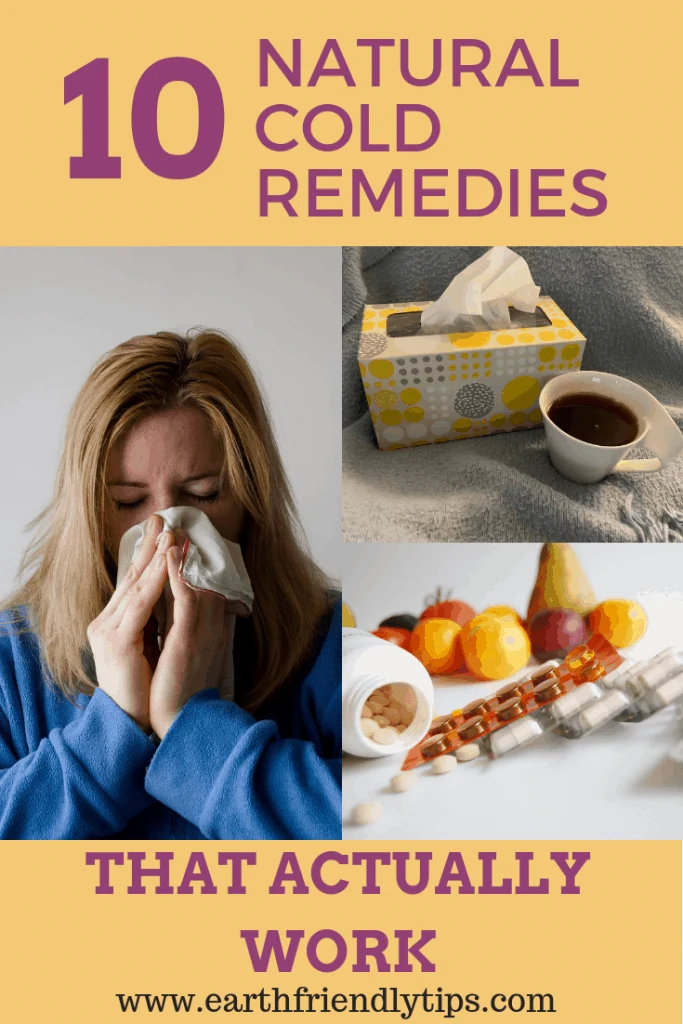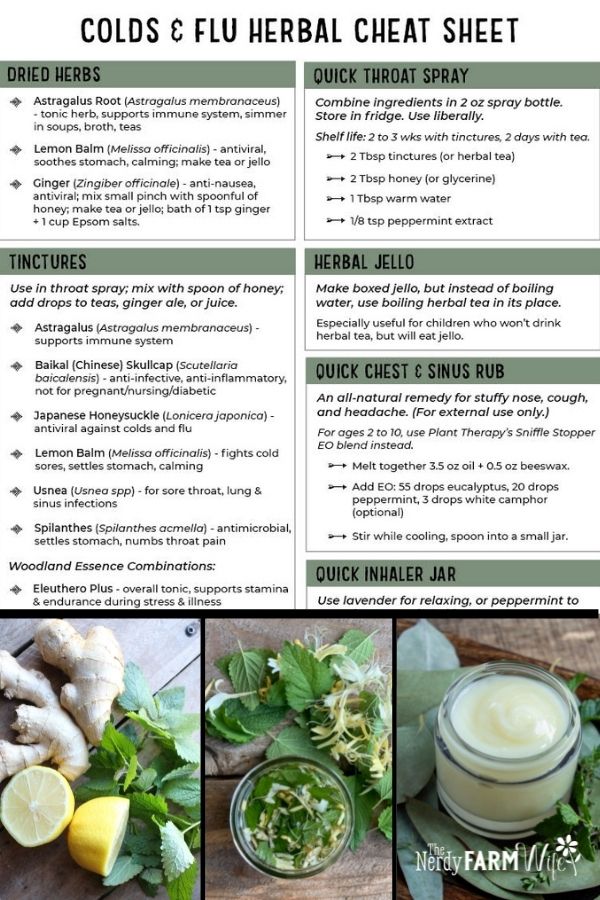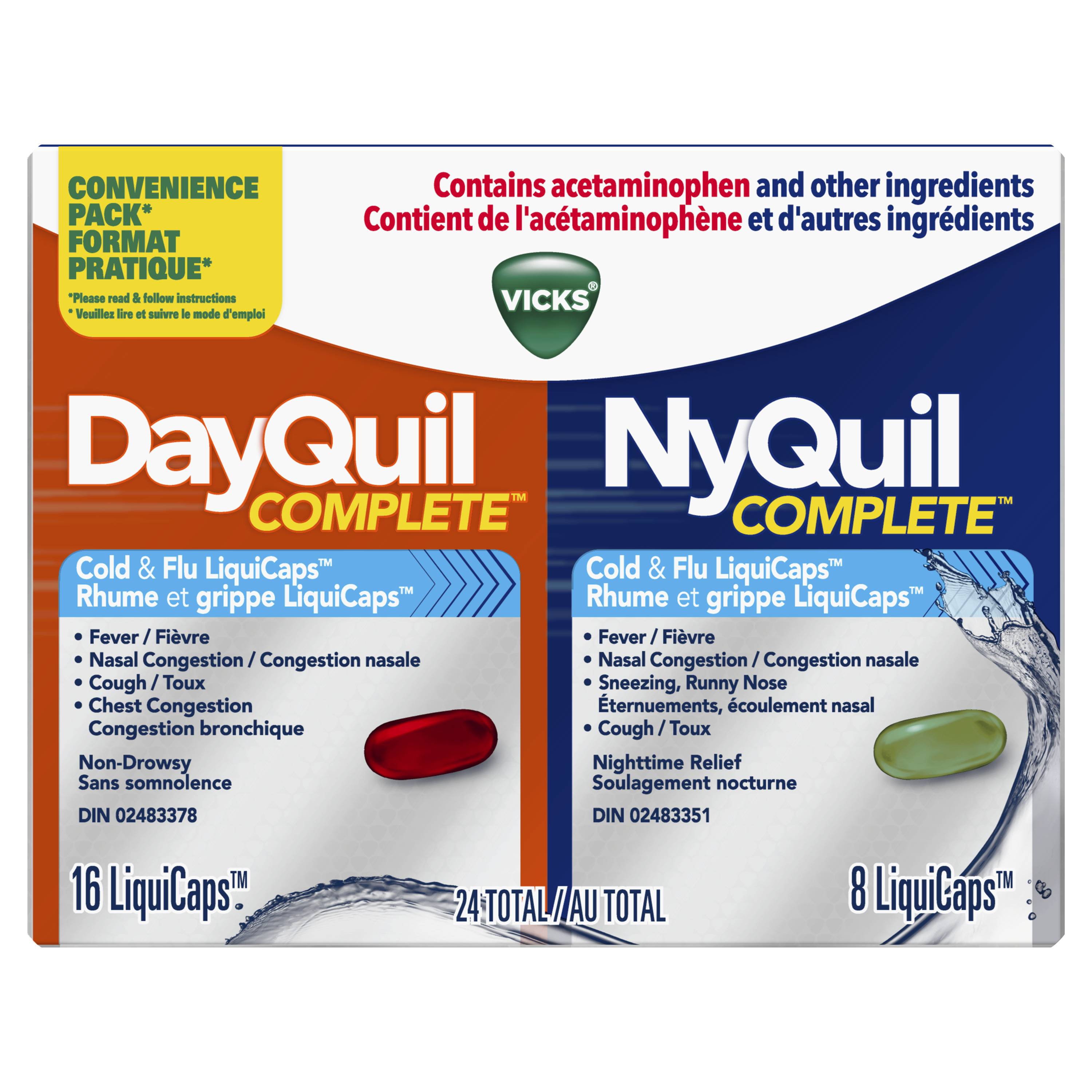
You may feel tempted to try over-the counter medication for a sore throat or flu. However, rest is the best treatment. Moving around can only worsen the symptoms of a sore neck and make it worse. You can also rest to help your body heal from the fever and other symptoms associated with a cold. Garlic is a great natural remedy to the flu and cold. Garlic is one natural remedy for flu symptoms. Garlic has anti-inflammatory qualities and can also fight the virus responsible for colds and flu.
Soup of chicken
Researchers from the University of Nebraska studied the effects of chicken soup upon white blood cells and the movement of neutrophils. The substance inhibited neutrophil migration, which may reduce symptoms of a common cold. Furthermore, the soup reduced the activity of white blood cells in the upper respiratory tract, where cold symptoms are a common occurrence. Researchers believe that the soup is a good remedy for cold symptoms.
Honey
Honey is an effective and delicious remedy for colds and flu. You can drink it as a tea or add it to warm water to ease congestion and soothe the throat. A teaspoon of honey mixed in a glass of water will help sooth cold and flu symptoms. Because honey's natural ingredients are anti-inflammatory, they can reduce the severity and duration of cold symptoms. To increase the effectiveness of your drink, you can add one teaspoon cinnamon.
Garlic
You can also eat raw garlic. Both raw or cooked garlic can both be used to treat the flu and cold symptoms. They have the ability to boost the immune system and relieve cold symptoms. Besides, proper rest and hydration will speed your recovery. Zinc supplements can also be used to improve your immune system. Raw garlic is the best form of garlic supplementation. There is no scientific evidence that garlic can cure the common cold and flu.

Vitamin C
Vitamin C has existed for many decades. However, it has not always been a cure for colds. In the 1970s, Nobel Prize-winning chemist Linus Pauling claimed that high doses of vitamin C could prevent colds. But that claim was later disproved. Researchers have now found that vitamin A can be used to help with colds. There is evidence to support their claims.
Hot showers
Hot showers can be beneficial for flu symptoms. Humidity from hot showers enters the mouth and nose, thereby releasing mucus blockages and making you feel better. You can also make a mini sauna by installing a small shower in your bathroom. You will feel much better after inhaling the steam.
Drinking plenty of fluids
Drinking plenty fluids for flu and cold remedies has several benefits. Proper hydration is essential for your body to use medication more effectively and provide faster relief. Adults should consume six to eight glasses of fluids daily. However, you should increase this if you are experiencing symptoms. Electrolyte-enhanced drinks are another benefit. They replenish fluids and help prevent symptoms from getting worsened.
Vitamin C can be used to reduce the duration of a common cold or flu.
A recent study has shown that vitamin C consumption can reduce the duration of a flu or cold by as much as 20%. However, the optimal dose of vitamin C has not been established. Because there is no evidence of a dose-response relationship in the existing studies, this is why it is not yet clear what the optimal vitamin C dosage should be. Many trials have also shown that higher amounts of vitamin C are more efficient than those involving only one gram.

FAQ
How to measure your body fat
A Body Fat Analyzer will give you the most accurate measurement of body fat. These devices can be used to measure body fat percentages in people who are trying to lose weight.
Here are 7 ways to live a healthy lifestyle.
-
Make sure you eat right
-
Exercise regularly
-
Sleep well
-
Get plenty of water.
-
Get adequate rest
-
Be happy
-
Smile often
What should I eat?
Take in lots of fruits and veggies. They are rich in vitamins that can strengthen your immune system. Vegetables and fruits are high in fiber which helps to digest and fill you up. At least five servings of fruits and vegetables should be consumed each day.
Get plenty of water. Water flushes toxins from the body and gives you a full feeling between meals. Drink about eight glasses each day.
Choose whole grains over refined grains. Whole grains retain all nutrients including B vitamins, iron and zinc as well as calcium, magnesium, calcium, protein, and magnesium. Refined grain has lost some of its nutrition.
Avoid sugary beverages. Sugary drinks are full of empty calories and lead to obesity. Instead, drink water, milk, or unsweetened Tea.
Avoid fast food. Fast food is low in nutritional value. Fast food may be delicious, but it will not give you the energy that you need to perform your tasks properly. Instead, stick to healthier options such salads and soups as well sandwiches and pasta.
Limit your alcohol intake. You can reduce your intake of alcohol by limiting the amount of empty calories. Limit the number of alcoholic beverages you consume per week to no more that two.
Red meats should be avoided. Red meats have high levels of cholesterol and saturated fat. Choose lean cuts such as beef, pork and lamb, chicken, fish, or turkey.
Here are five ways to lead a healthy lifestyle.
Healthy living means eating right, exercising regularly and getting enough sleep. It also involves managing stress and having fun. Avoiding sugar and processed foods is key to eating well. Exercise helps burn calories and strengthens muscles. Sleeping well improves concentration and memory. Managing stress reduces anxiety and depression. And finally, having fun keeps us young and vibrant.
What lifestyle is most healthy?
Living a healthy lifestyle is one that encourages you to eat well, exercise regularly, get enough sleep, and avoids stress. These guidelines will help you live a long, healthy life.
Starting small can make a big difference in your diet, and even your exercise routine. If you're looking to lose weight, walk for 30 minutes each morning. If you're looking for a way to increase your activity, consider taking up swimming or dancing. An online fitness program such as Strava or Fitbit that tracks your activity could be a good option.
What is the difference in calorie and kilocalories?
Calories are units used to measure the amount of energy in food. A calorie is a unit of measure. One calorie is the amount of energy required to heat one gram water one degree Celsius.
Kilocalories is another name for calories. Kilocalories are expressed in thousandths (or a calorie). 1000 calories, for example, equals one kilocalorie.
Statistics
- Extra virgin olive oil may benefit heart health, as people who consume it have a lower risk for dying from heart attacks and strokes according to some evidence (57Trusted Source (healthline.com)
- According to the Physical Activity Guidelines for Americans, we should strive for at least 150 minutes of moderate intensity activity each week (54Trusted Source Smoking, harmful use of drugs, and alcohol abuse can all seriously negatively affect your health. (healthline.com)
- WHO recommends reducing saturated fats to less than 10% of total energy intake; reducing trans-fats to less than 1% of total energy intake; and replacing both saturated fats and trans-fats to unsaturated fats. (who.int)
- nutrients.[17]X Research sourceWhole grains to try include: 100% whole wheat pasta and bread, brown rice, whole grain oats, farro, millet, quinoa, and barley. (wikihow.com)
External Links
How To
What does the term "vitamins" mean?
Vitamins are organic substances found naturally in food. Vitamins aid us in absorbing nutrients from the food we eat. Vitamins cannot come from the body so food must provide them.
There are two types of vitamins: water soluble and fat soluble. Water-soluble vitamins dissolve readily in water. These include vitamin C (thiamine), Vitamin B1 (riboflavin), Vitamin B2 (riboflavin), Vitamin B3 (niacin), Vitamin B6 (pyridoxine), Vitamin C, B1 (thiamine), Vitamin B2 (riboflavin), Vitamin B3 (niacin), and Vitamin B6 (pyridoxine). Fat-soluble vitamins can be stored in the liver or in fatty tissue. Examples include vitamin D, E, K, A, and beta carotene.
Vitamins are classified based on their biological activity. There are eight main groups of vitamins.
-
A – Essential for normal growth, and the maintenance of good health.
-
C is important for nerve function and energy production.
-
D - Essential for healthy teeth and bones.
-
E - Required for good vision & reproduction
-
K - Essential for healthy muscles and nerves.
-
P – vital for building strong bones.
-
Q - aids digestion and absorption of iron.
-
R - Red blood cells are made from red blood cells.
The recommended daily allowance (RDA) of vitamins varies depending on age, gender, and physical condition. The U.S. Food and Drug Administration (FDA) sets the RDA values.
For adults over 19, the RDA for vitaminA is 400 micrograms per daily. Pregnant mothers need 600 micrograms per days because it is vital for the development and growth of their baby. Children ages 1-8 require 900 micrograms per day. Children under 1 year old require 700 micrograms daily, while infants over one year old need 500 micrograms every day. This decreases between 9 and 12 months.
Children between the ages of 1-18 need 800 micrograms per daily for obesity, while children overweight require 1000 micrograms. Children underweight or obese will need 1200 mg per day.
2200 mg of vitamin A per day is required for children aged 4-8 who have been diagnosed by anemia.
2000 micrograms is the minimum daily intake for adults over 50 years old to maintain good health. Mothers who are pregnant, nursing, or have a high nutrient need will require 3000 micrograms a day.
1500 micrograms are required daily by adults over 70 because they lose approximately 10% of their muscle each decade.
Women who are pregnant or nursing need more than the RDA. Pregnant mothers need 4000 micrograms per daily during pregnancy and 2500 after giving birth. Breastfeeding moms need 5000 micrograms each day when breastmilk production occurs.